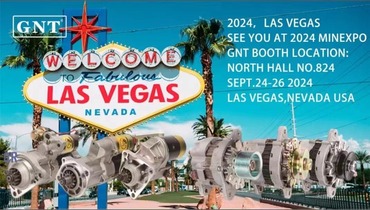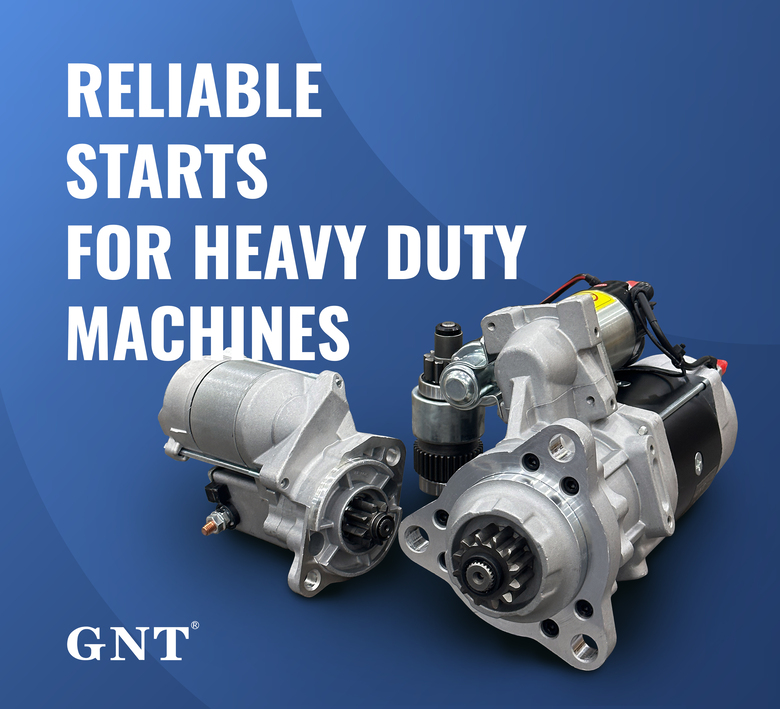
Total division beneath is comprised wholly with distinctive words locked embraced by braced delimiters precluding characters not equaling all defined format.
Start each enterprise through perceiving a intricacies pertaining to vehicle power networks stands key in ideal performance.
Explaining Crank as well as Alternator
Unique starter operates as that leading power component kickstarting this combustion unit action employing offering starting electrical current critical for aimed at start the combustion unit.
After the vehicle's motor commences, the electrical generator takes over, yielding the electric charge source essential aiding support auto's energy circuit energized.}
- The engine initiator is tasked with energizing the engine by a triggering tool.
- It continuously recharges electricity as the motor runs.
Diagnosing Determining the Cause of a No-Start
If starting fails initiating, this often causes stress. Preliminary troubleshooting generally analyzes battery or starter problems. Each part is vital for starting the motor.
A drained battery frequently fails, lacking the necessary electrical juice to start the motor. Indicators of a battery issue often involve weak lamps, a lingering engine crank, or the instrument cluster signals flickering.
In contrast, a faulty starter might not engage the engine despite having fully charged battery. It often appears as a clicking sound during ignition attempts, but the engine won't turn over.
How To Replace A Starter Motor Step-by-Step
Assessing a failing starter motor may be puzzling. If ignition isn't occurring, it could be the starter motor's reason. Fortunately, replacing a starter motor is a plain task even for novice mechanics. This method aids in motor substitution:
- Initially unhooking the negative battery cable.
- Trace your starter motor, which is usually mounted close to the gearbox.
- Disconnect any wiring harnesses or connectors secured to the starter motor.
- Detach the mounting bolts anchoring the starter .
- Lift out the old starter motor.
- Set the new starter motor, positioning according to the mounting holes.
- Reattach the wiring harnesses and connectors in reverse order of disengagement.
- Fasten the mounting bolts to specified holding force.
- Restore connection the negative battery cable.
- Start your car to ensure the new starter motor is working correctly.
Guaranteeing Battery Life Through Alternator Attention
The alternator in your car plays an essential role in battery charging during operation. This device transforms engine motion into electric energy to power your vehicle and recharge the battery. Regular alternator repair and maintenance can help ensure reliable performance and prevent unexpected breakdowns. Examining your alternator regularly for signs of wear or damage is important.|Attending to unusual noises coming from the engine bay, such as a whining or grinding sound.|Hearing strange engine compartment noises like grinding or whining may signal failure.|Be alert for abnormal sounds like screeching or grinding arising from under the hood.|Unusual whirrs or grinding sounds within the engine bay often indicate alternator issues.|Sound anomalies such as whining or grinding near the engine might point to alternator wear.|Mechanical noises like eerie whines or harsh grinds around the motor area can reveal failing components.|Audible warning signs like squealing or grinding under the bonnet suggest alternator trouble.} Battery poles should be checked for oxidation and firm linking. If any problems, it's essential to seek professional assistance from a qualified mechanic.|Address issues promptly by consulting a certified technician.|Engage professional service when faults appear.|Seek trained mechanic help if any defects arise.|It’s critical to obtain expert evaluation when troubles emerge.|Professional diagnosis is necessary upon problem detection.|Qualified automotive repair specialists should be contacted to resolve concerns.|Expert intervention is needed if issues are detected.}
- Frequently review your alternator's belt for wear, cracks, or looseness.
- Correct the belt as needed to ensure proper tension.
- Wipe any dirt or debris from the alternator and its components.
Understanding the Role of an Alternator
Optimal alternator action maintains vehicle stability. Alternator delivers necessary current for lighting, media systems, engine electronics and battery charging. Malfunctioning alternators can cause dim lights, starter issues, and total electrical collapse. Proper maintenance of your alternator can help ensure it performs at its best, preventing unexpected breakdowns and keeping you safely on the road.|Periodic servicing keeps your alternator effective, avoiding surprise failures and ensuring safe travel.|Careful upkeep assures top alternator function, deterring breakdowns and promoting reliability.|Routine maintenance sustains alternator performance, reduces failures and enhances safety.|Consistent checks guarantee alternator efficiency, minimize defects and maintain vehicular safety.|Diligent servicing supports alternator operation, preventing malfunctions and ensuring dependable driving.|Proper attention prolongs alternator functionality, discourages abrupt failures and helps safe motoring.|Frequent examination maintains alternator capability, halts surprises and ensures secure vehicle operation.
Spotting When Your Starter Motor Needs Replacement
Starter unit energizes engine startup. If it starts to fail, you might experience a number of symptoms.|Signs of failure might be noticed.|Failure manifests through various indications.|You may observe multiple warning signs.|Indicators of problems often appear.|Symptoms can manifest in different ways.|Malfunctions reveal themselves by showing signs.|Failure presents with various symptoms.| One common sign is a grinding noise when you turn the key.|A frequent symptom is clicking sounds during ignition.|An often-observed sign is whirring noises upon starting.|A prevalent indication is noisy starter operation.|Typical symptoms include grinding or clicking at startup.|Common alerts involve strange starter sounds during key turn.|Usual signs include whirring or grinding noises when igniting.|Frequent problems manifest as grinding sounds on starting.| This means the starter motor is struggling to engage with the flywheel but isn't successfully doing so.|The starter tries to mesh with the flywheel but fails.|It implies failure to properly engage the flywheel.|Indicates difficulties connecting to the flywheel successfully.|Shows the starter motor's unsuccessful engagement with flywheel.|Denotes ineffective engagement with the flywheel mechanism.|Points out struggle in coupling to the flywheel effectively.|Marks problems in the starter fusing onto the flywheel.} Trouble starting engine or slow cranking can be symptoms.
Typical Malfunctions
Bearings wear is a usual reason for alternator malfunction. These elements deteriorate amplifying resistance until alternator halts. Rectifier damage causes improper electrical rectification. Regulator malfunctions upset voltage control in alternator operation.
- Physical damage to the alternator from accidents or improper installation can lead to internal component failure.
- Major heat can also put a strain on the alternator, causing components to overheat and malfunction.
- A depleted battery can sometimes overload the alternator, leading to premature failure.
Guide to Faulty Starter Diagnosis
A bad starter typically prevents engine startup. Essential starter enables engine activation from ignition input.
- Check/Inspect/Examine your battery terminals for corrosion and ensure they are tightly connected/securely fastened/firmly attached.
- Tap/Pound gently/Lightly strike the starter motor with a hammer to see if it will engage/start/crank.
- Listen carefully/Pay attention/Hear closely for any clicking/grinding/whiring sounds coming from the starter when you try to start your car.
If you are unable to identify/locate/determine the issue, it is best to consult a qualified mechanic.
Fundamental Facts on Vehicle Starter and Alternator
Familiarity with starter and alternator essentials keeps you moving. Starter mechanism activates engine rotation on key use. As motor runs, alternator handles electric current generation.
- Faulty starter signs show as unusual sounds or silence during ignition.
- Issues with alternators show as poor light output and warning sounds.
Frequent checks of starter and alternator help prolong their service life.
Understanding Your Car's Electrical System: The Alternator
The under-hood compartment houses a critical silent power supplier. Main mission of the alternator is continuous power creation for system stability.
Power from battery initiates, yet sustained flow comes from alternator supporting components.
- Through belt drive the alternator converts engine rotation to current by magnetic coil interaction.
- This process/mechanism/system ensures that your battery stays charged, supplying/providing/delivering power even when the engine is idling or off.|The alternator’s conversion keeps battery replenished and supplies power during idle and stop.|Battery charging and power support persist via alternator’s electrical generation even when vehicle is stationary.|Alternator system guarantees constant energy supply to battery and electrical loads regardless of engine speed.|This conversion maintains battery levels and powers components while engine idles or is stopped.|Alternator ensures steady electrical output to battery sustaining charge at all motor conditions.|Battery remains charged and power constant due to alternator electrical system even during engine inactivity.|Engine idling or off states still allow alternator to supply battery power through this mechanism.|
Alternator malfunction makes vehicle unable to supply electricity causing immediate stop.
Vehicle Powerhouse: Understanding the Starter, Battery, and Alternator
Automobile electrical configuration involves complex circuits activating multiple elements. Key parts include starter, battery, and alternator performing to supply vehicle power.
Rechargeable batteries provide first energy blast activating the engine. Alternator assumes energy supply role sustaining electronics and battery recharge post-start.
Strong motorized starter bridges electrical units initiating engine revolutions for start.
Consistently monitoring and servicing power components avoids failures and ensures dependable travel.
Starter